SomnusNooze e-newsletter
News, stories and updates from the world of sleep
News, stories and updates from the world of sleep

Background Compared with adults with narcolepsy, children with narcolepsy often have higher levels of excessive daytime sleepiness (EDS), are more likely to have cataplexy without a trigger, and are more likely to have a secondary form of narcolepsy. The... read >
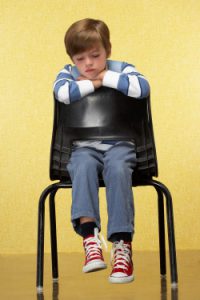
Background Each year, approximately 30,000 children are unintentionally killed or injured while walking outside (typically within a half mile of their homes). Many factors—including children’s thinking and reasoning abilities, attention spans,... read >
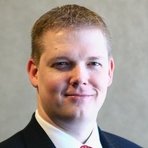
We are pleased to announce that Scot Hulshizer, Celia King, and Diane Powell have recently been elected to the Board of Directors of the Hypersomnia Foundation. In addition to bringing unique strengths as the organization thrives and grows in both scope... read >
Awareness of disease means different things to different people. One’s awareness takes origin in experiences and goals, both personal and professional. Diversity in awareness therefore comprises our community of people who have hypersomnia, their... read >
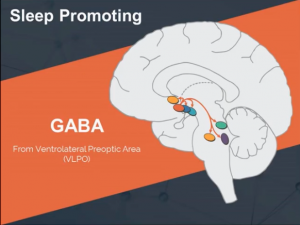
A study of clarithromycin in the treatment of GABA-related hypersomnia indicates that this drug may be effective in some patients with idiopathic hypersomnia (IH), narcolepsy without cataplexy, and subjective hypersomnia. Background The US Food and... read >
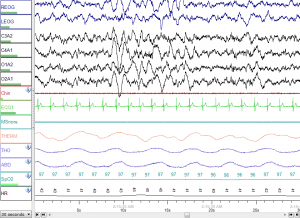
Researchers have provided more evidence that narcolepsy without cataplexy (Nw/oC ) and idiopathic hypersomnia (IH) without long sleep time (LST) look more alike on testing than do narcolepsy with cataplexy (NwC) and Nw/oC. This research was completed... read >

Dr. Toyoda and his colleagues in Japan have described new susceptibility genes — CCR1 and CCR3 — for type 1 narcolepsy. Background Type 1 narcolepsy (also called narcolepsy with cataplexy) is believed to be the result of a combination of genetic and... read >
An article published on May 11, 2015, in U.S. News & World Report highlights the struggles of two women whose lives are challenged by idiopathic hypersomnia. They are, as reporter Anna Miller explains, “at the sandman's beck and call.” One... read >
Set your DVRs, check it out live, or catch a sneak peak, but don’t miss this program on sleep and idiopathic hypersomnia on CNN! Dr. Sanjay Gupta not only undergoes a Multiple Sleep Latency Test at Emory Sleep Lab, but also discusses idiopathic... read >
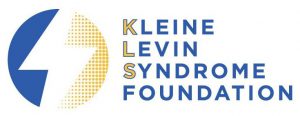
Background Kleine Levin syndrome (KLS) is a neuropsychiatric disease that affects about 1 in a million people. Symptoms include hypersomnia, confusion, derealization, hypersexuality, megaphagia, altered mood, and hallucinations that occur during... read >